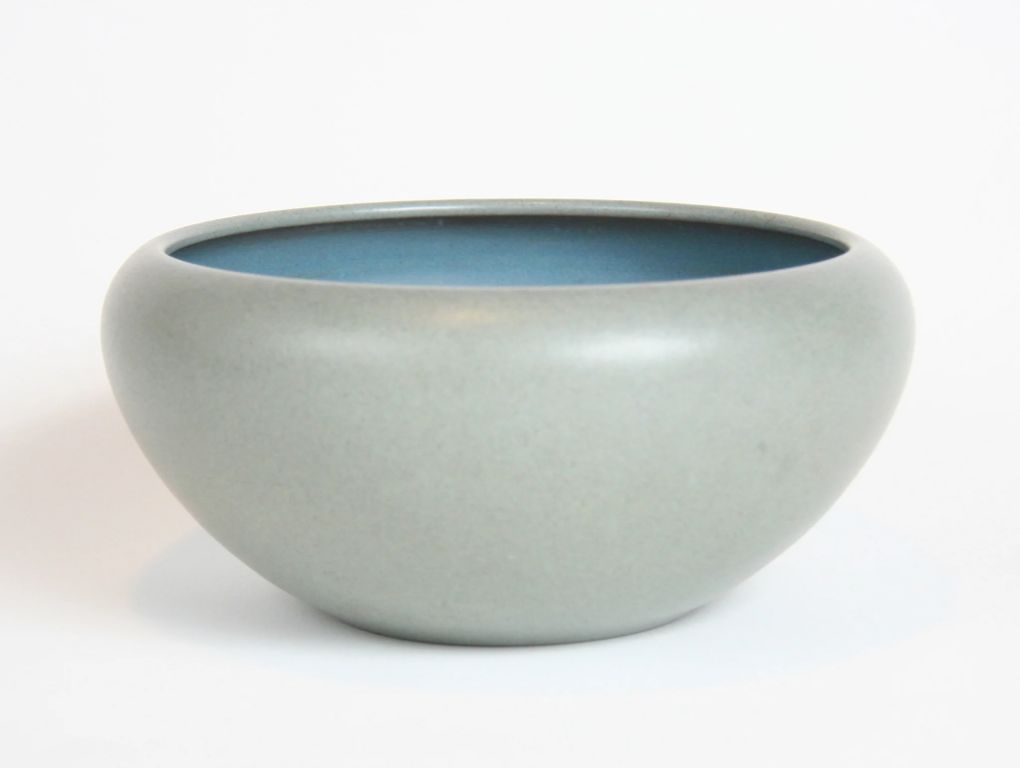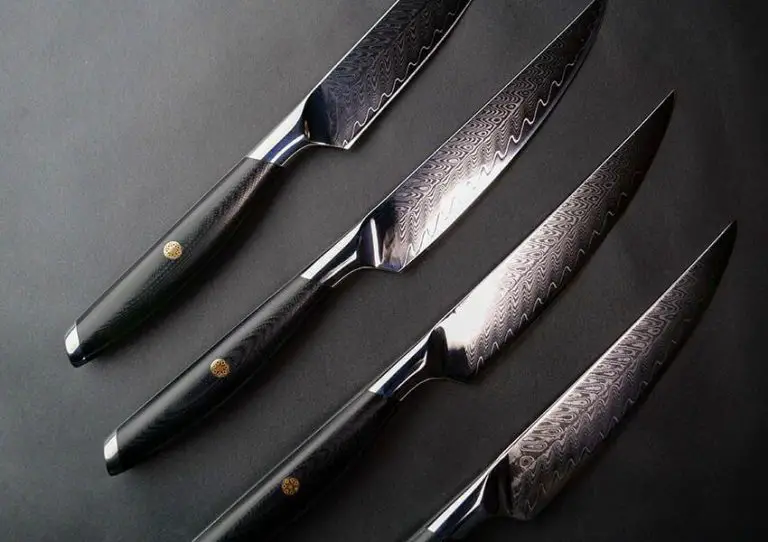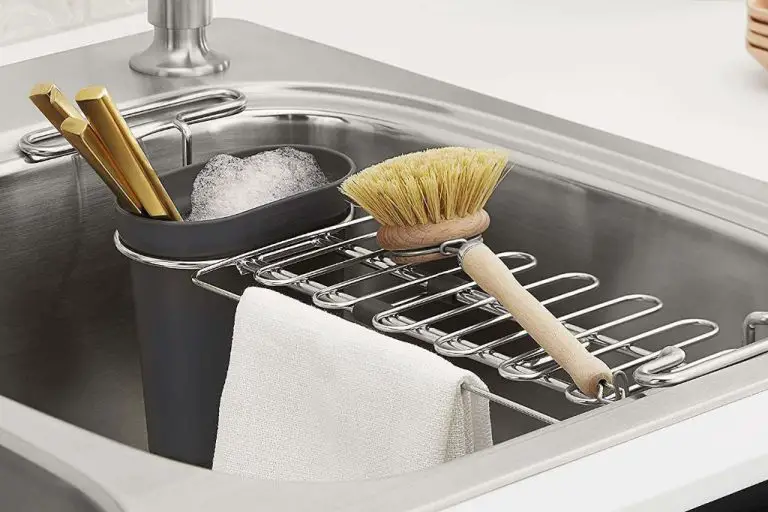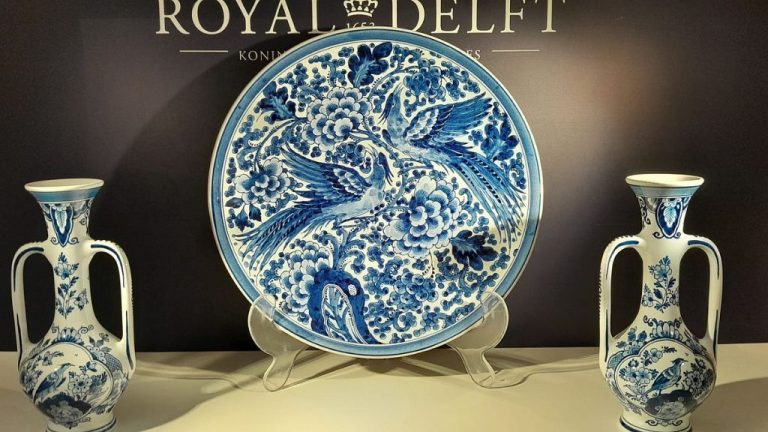Can You Eat Out Of Pottery Bowls?
The Art and Utility of Pottery Bowls Throughout History
Pottery bowls have been an integral part of human civilization for thousands of years. From prehistoric times to the modern day, these vessels crafted from clay have served both artistic and utilitarian purposes. Though we may take them for granted today, pottery bowls connect us to ancient traditions and remain a versatile, eco-friendly option for serving and storing food.
The earliest known pottery vessels date back over 20,000 years to prehistoric China. As methods for firing clay were developed during the Neolithic era, pottery bowls emerged across Mesopotamia, Africa, and South America as well. Over time, potters discovered that shaping and decorating clay allowed self-expression and beautification of everyday objects.
This article will examine the continued usefulness of pottery bowls in the modern age and address safety considerations for using them.
Types of Pottery Bowls
There are four main types of pottery bowls commonly used for food service:
Earthenware
Earthenware is a porous clay that is fired at lower temperatures. It’s used for making basic pottery bowls, mugs, and plates (https://www.etsy.com/market/pottery_bowls). Earthenware bowls have an rustic, earthy look and feel. They are more delicate and prone to chipping.
Stoneware
Stoneware clay is dense and nonporous. It’s fired at high temperatures, which makes it more durable for daily use. Stoneware bowls have a smooth glazed surface and come in a variety of colors and designs. They are heavier than earthenware.
Porcelain
Porcelain clay is extremely dense and fine. It’s fired at very high temperatures, giving it a smooth, glass-like surface that is nonporous and chip resistant. Porcelain bowls have a delicate, refined look and feel. They are lightweight and thin.
Terracotta
Terracotta is an unglazed, porous earthenware made from natural red or brown clay. It has an earthy look and feel. Terracotta bowls are inexpensive and suitable for daily use, but more prone to chipping than stoneware or porcelain.
Advantages of Pottery Bowls
Pottery bowls made from natural clay offer some key benefits over bowls made from plastic, glass, or metal.
Being crafted from an earthy material, pottery has a comforting, rustic aesthetic that adds warmth and charm to any meal. The natural imperfections and handmade artistry of pottery bowls provide a welcome contrast to mass-produced dishware. Their organic look and feel can make meals feel more grounded and wholesome.
Pottery also does a superior job of retaining heat compared to other materials. The thick walls of ceramic bowls keep soups, stews, and oatmeal warmer for longer. Hot foods will stay hotter, allowing you to simmer and savor. This makes pottery an excellent choice for slow cooked one-pot meals.
Studies show that warmer foods tend to be more appetizing and satisfying. Research suggests the aroma and taste of hot foods gets muted as they cool down [1]. So a pottery bowl’s heat retention can make meals more appetizing and flavorful.

Potential Concerns
While pottery bowls can be an attractive and useful option for serving food, there are some potential concerns to be aware of:
Lead Leaching
One of the biggest worries with pottery is the risk of lead leaching into food, which can cause lead poisoning. Lead can make its way into clay through naturally occurring deposits or from glazes and pigments used to decorate the pottery. Acidic foods like tomatoes, citrus, and vinegar can cause more lead to leach out (Princeton University).
Porosity
The porous nature of unglazed pottery means it can absorb liquids and odors, as well as harbor bacteria if not properly cleaned. Unglazed surfaces are best avoided for serving wet, sticky, or acidic foods that could seep into the clay (Emerson Creek Pottery).
Weight
Pottery bowls can be quite heavy, especially large serving pieces or ones made from dense clay. The weight makes them harder to lift and carry when full of food.
Chipping
Ceramic materials are brittle and can chip easily if handled roughly or dropped. Chips and cracks in the glaze can expose the clay underneath and increase porosity.
Lead Testing
To ensure pottery bowls are safe for daily use, it’s important to test them for lead, especially antique or handmade pieces. Lead can leach from the glaze or clay body into food if present. Home lead test kits provide a quick and inexpensive way to screen pottery.
Simple lead test kits use chemical solutions that turn color if lead is detected. They involve applying a small amount of testing solution to an inconspicuous area and observing any color change. Home kits cannot precisely quantify the lead level, but indicate if concerning levels of lead are present. Lab testing provides a more accurate quantitative measurement of lead content.
For definitive testing, pottery labs like commercial ceramic testing services can precisely analyze samples with advanced instrumentation. They provide detailed reports on lead and other heavy metal levels to confirm safety. While lab testing has a higher cost, it gives you peace of mind about using antique or handmade pottery for food.
Sealing and Glazing
To make pottery bowls food-safe, they need to be properly sealed and glazed. Glazes create a glassy coating that makes the clay nonporous and prevents bacteria from getting trapped in the tiny grooves of unglazed clay (https://www.thecrucible.org/guides/ceramics/how-to-glaze/). There are many options for sealing and glazing pottery bowls:
Food-safe sealants like food-grade mineral oil, beeswax, and plant waxes can be used to seal the clay. However, unglazed clay is still somewhat porous and prone to absorbing stains, odors, and bacteria over time.
Glazes provide a more durable, impermeable seal for pottery. There are many types of glazes to choose from including high-fire, mid-range, low-fire, and commercial glazes. Lead-free glazes are safest for items used for food. Glazes can create different finishes like glossy, satin, matte, or speckled effects.
Properly sealing and glazing pottery bowls ensures they are nonporous, smooth, and easy to keep clean. This prevents bacteria buildup and makes the bowls safe for everyday use.
Cleaning and Care
Pottery bowls require some special care when cleaning to prevent damage. Handwashing is generally recommended for most pottery dinnerware.
Avoid using abrasive cleaners or scrubbers on pottery bowls, as they can scratch and damage the glazed surface over time. Gentler dish soaps, sponges, and soft brush bristles are best for cleaning.
In general, avoid soaking pottery bowls for long periods, as moisture can seep into cracking or crazing on the glaze. Prolonged soaking or exposure to moisture can lead to further damage. Instead, wash bowls promptly after use.
Check manufacturer instructions for any specific care guidelines. With proper gentle cleaning and avoiding damage from abrasion or soaking, pottery bowls can provide long lasting dinnerware with timeless style.
Tips for Safe Use
Pottery bowls are generally durable and food safe, but there are some best practices to follow for safe use:
- Avoid extreme temperature changes – Don’t take a pottery bowl straight from the fridge or freezer and place it on the stove or in the oven. Allow it to come to room temperature first to prevent cracking or crazing. Slow temperature changes are best.
- Use serving utensils – Use wood, silicone or plastic utensils to avoid scratching the glaze. Scratches and chips can allow bacteria to grow.
- Don’t use cracked bowls – Inspect pottery before each use and discard any pieces with chips, cracks or crazing in the glaze. These imperfections can harbor bacteria and lead to contamination.
Following these simple tips will help ensure pottery bowls remain usable for cooking and eating for a long time. Refer to the manufacturer’s care instructions for additional guidance on safe use and care. As long as pottery is properly made and cared for, it is generally considered food-safe.
Guidelines for Different Diets
When using pottery bowls, it is important to consider how they may impact different diets and health conditions.
For children and pregnant women, there is a concern with lead exposure from ceramic glazes. Some glazes can leach lead into food, especially acidic foods like juices, tomatoes, and vinegar. To minimize lead risks, avoid old, cracked, or handmade pottery from unknown origins. Have glazes tested by a lab to ensure they are food-safe and lead-free. According to South Texas College, lead-free glazes certified by the FDA are safest for eating and drinking.
Acidic foods like citrus juices, tomatoes, and vinegars can react with glazes and leach more lead or chemicals into food. To be safe, avoid storing acidic foods in ceramic containers for extended periods. Use thick, opaque glazes which are less likely to leach compared to thin, transparent glazes.
Those with food allergies should also use caution with ceramic dinnerware. Some glazes contain food allergens like soy, dairy, nuts, and shellfish. Check ingredient lists when possible or do test exposures with small servings to watch for any reactions.
Conclusion
Eating and drinking from ceramic and clay pottery bowls is generally considered safe, though there are some precautions to take. The key points are:
- Lead can be present in some glazes and clay bodies, so test old or handmade pieces.
- Well-made commercial glazes are lead-free and non-toxic when fired properly.
- Sealing and glazing creates an impermeable surface that prevents bacteria growth.
- Avoid eating acidic foods from unglazed terra cotta which can leach minerals.
- Clean thoroughly and don’t use chipped or cracked bowls.
- Certain clays and glazes may not be suitable for all diets.
In conclusion, pottery bowls make a great eco-friendly and natural option for serving food and drink. With some basic safety measures, you can confidently use pottery bowls to enjoy healthy and delicious meals.





